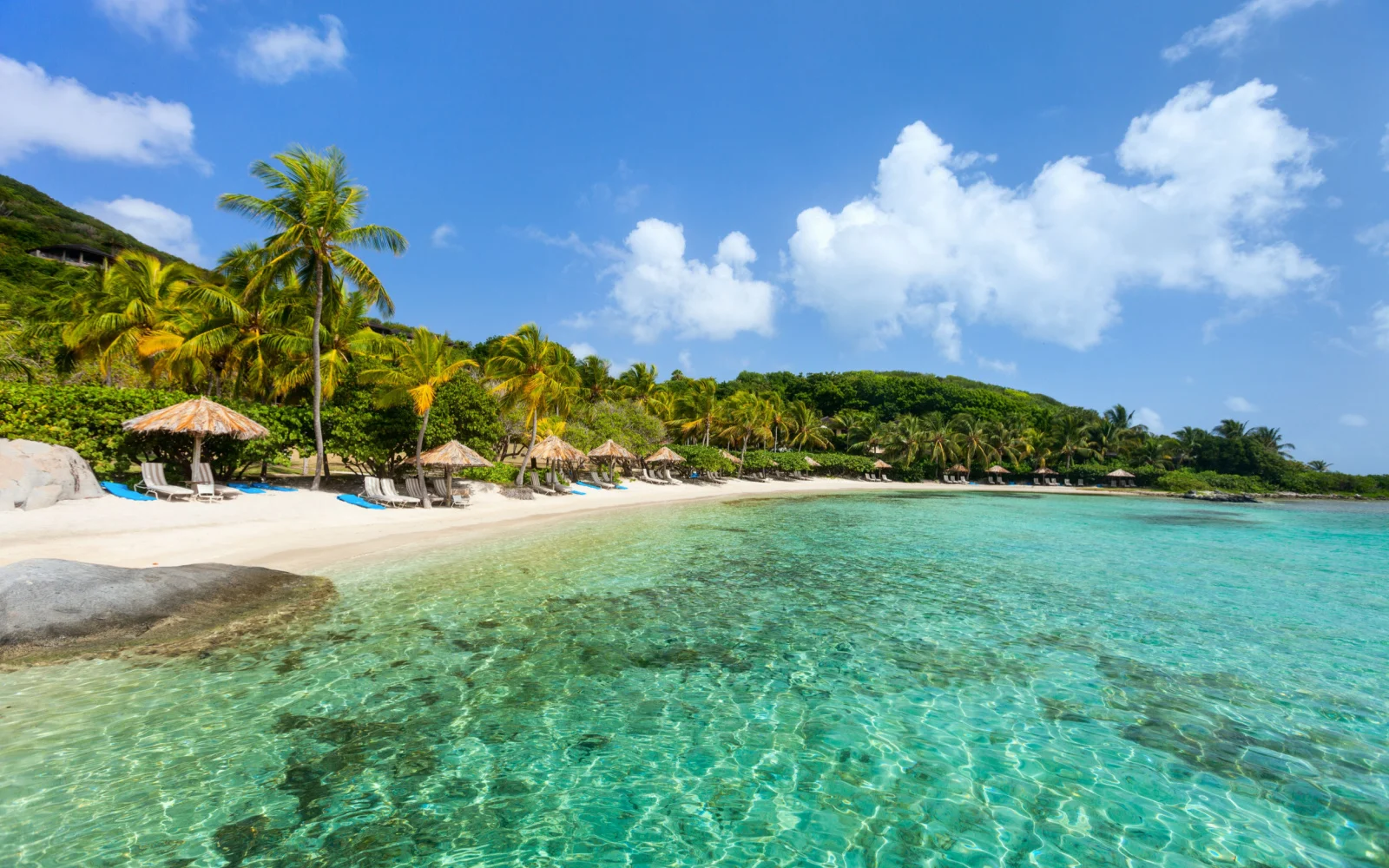As I’m writing this, temperatures all along the East Coast have dropped below freezing. Friends are talking about ice on their driveways and plants that have succumbed to frost damage.
I’d like nothing more than to escape to a Caribbean island. But, which island? What places, technically speaking, are considered part of the Caribbean?
What Are the Caribbean Islands? Let Us Explain
As a region, the Caribbean includes the Caribbean Sea and the islands within it. Some of those are entirely within the Caribbean Sea while others, like some of those in the Bahamas, are bordered by both the Caribbean Sea and the Atlantic Ocean.
The Caribbean is southeast of the Gulf of Mexico and the mainland of North America, north of South America and east of Central America. The Caribbean also includes nearby coastal areas on the mainland like coastal Mexico.
There are over 7,000 islands of various sizes in the Caribbean. Some are parts of sovereign countries, some are territories or principalities. Entire books can (and have) been written about the region, but we’ll start with a crash course today.
The islands below are the 10 biggest Caribbean islands. Some are nations in their own right, others territories of other countries, and a few are large islands that make up a country with a few other smaller islands or cays.
1. Cuba
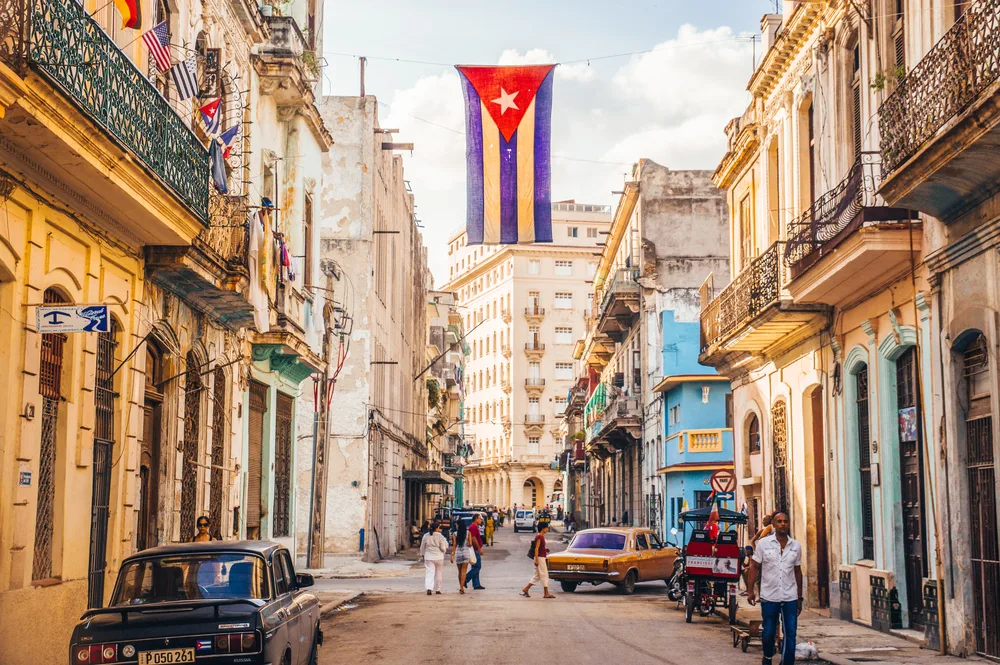
Havana, Cuba in December 2015: A cuban flag with holes waves over a street in Central Havana. La Habana, as the locals call it, is the capital city of Cuba/Julian Peters Photography/Shutterstock
“Cuba” refers both to the Republic of Cuba and the country’s largest island. It’s a long and narrow island which is only about 60 miles wide in some parts. High mountains cover about a third of the island.
The remaining two thirds are lowland plains where a lot of the country’s farming is done. Many farmers observe traditional agricultural methods and practices that have been in use for centuries.
This close neighbor is only 90 nautical miles from the coast of Florida, and was once a common getaway for American tourists. Since the 1960 embargo, few Americans visit. However, many other countries have never cut ties, and their citizens continue to visit this Caribbean island.
Canadian tourists make up the majority of Cuba’s foreign visitors. US citizens visit Cuba, albeit at a way lower rate than we do Cuba’s neighboring countries. Fewer than 100,000 of us go there every year.
Those that do are attracted by the country’s history and architecture, as well as a strong culture of music and art, and the natural beauty of Cuba’s forests and beaches. The natural environment includes a number of plants and animals you won’t find anywhere else.
Read Next: Average Trip to Cuba Cost & How Americans Can Visit Cuba
2. Hispaniola
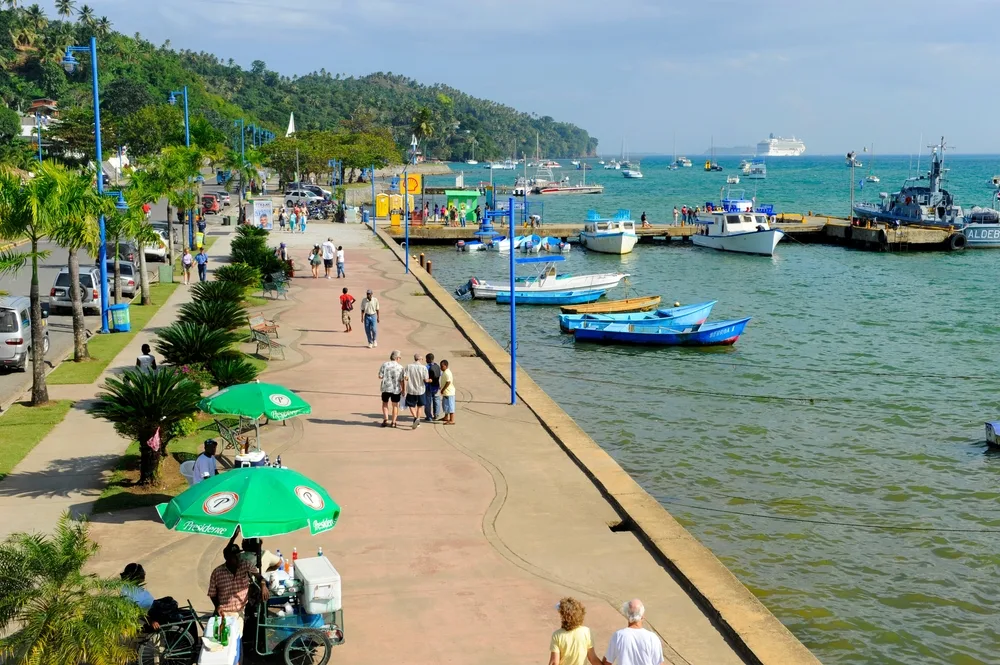
Dennis MacDonald/Shutterstock
Hispaniola is the second-largest island in the Caribbean and the most populous. Geographically, it’s part of both the Greater Antilles and the Antilles. There are two countries on this island: Haiti and the Dominican Republic.
Haiti was the first country in the Americas to eliminate slavery and the only recorded nation founded through a successful slave revolt. However, factors that include foreign interference and corrupt leaders led to severe and persistent instability.
Massive natural disasters including hurricanes and earthquakes have further impacted the country. To this day, Haiti remains impoverished and instable. This part of the island also suffers from massive levels of deforestation.
About a million tourists visit Haiti each year. Most are day visitors from cruise ships that visit the private Labadee resort. Haiti also has a small handful of hotels, including the Marriot Port-au-Prince and the Royal Decameron Indigo Beach Resort & Spa.
The eastern two thirds of Hispaniola, however, hold the Caribbean’s most popular tourist destination, the Dominican Republic. This region was a Spanish colony known as Santo Domingo. The contested region underwent a series of changes in government before establishing independence in 1845.
The Dominican Republic side of the island has extensive beaches on its shores and evergreen forests in the highlands. In the fertile valleys in between, you’ll find lush jungle. There are even a couple of desert zones.
3. Jamaica
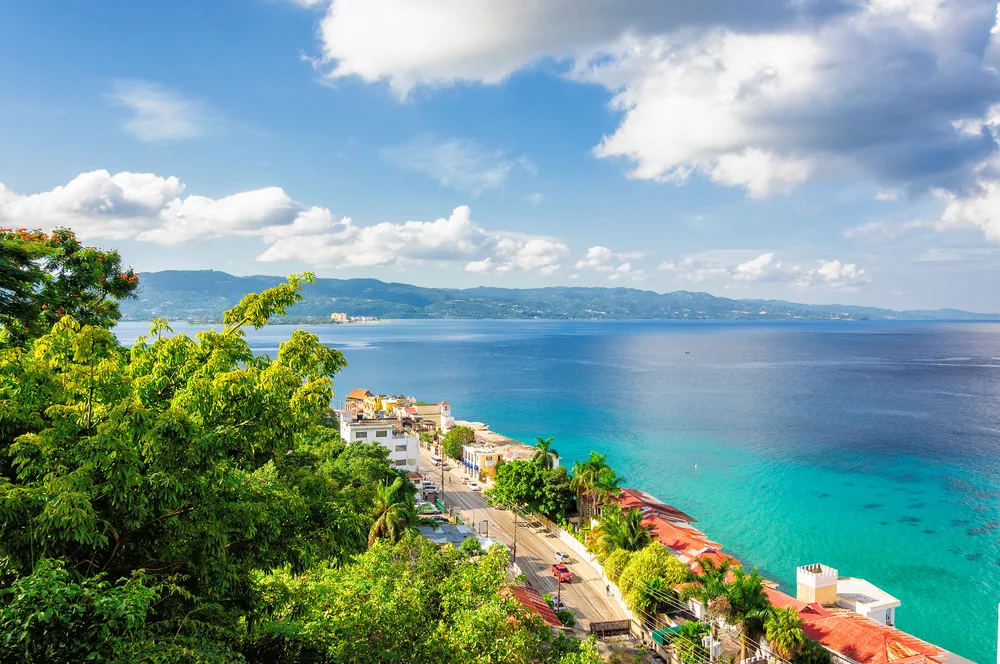
Lucky-photographer/Shutterstock
You’ll find Jamaica about 100 miles south of Cuba across the Caribbean Sea. The country’s terrain includes a series of mountain ranges stretching east to west. Small rivers and streams flow from the hills into the Caribbean Sea across Jamaica’s lowlands and coastal plains.
Jamaica’s coastline is 635 miles long. You’ll find it dotted with secluded bays, wide beaches, protected natural harbors, and tall cliffs. Other natural features include warm springs, limestone caves and imposing waterfalls.
There is just one national park in Jamaica, the Blue and John Crow Mountains. This includes the highest point in the country, the peak of Blue Mountain. In all, the parks contain over 100,000 acres of Jamaican countryside.
Read Next: The Best Places to Stay in Jamaica & Is It Safe to Visit Jamaica?
4. Puerto Rico
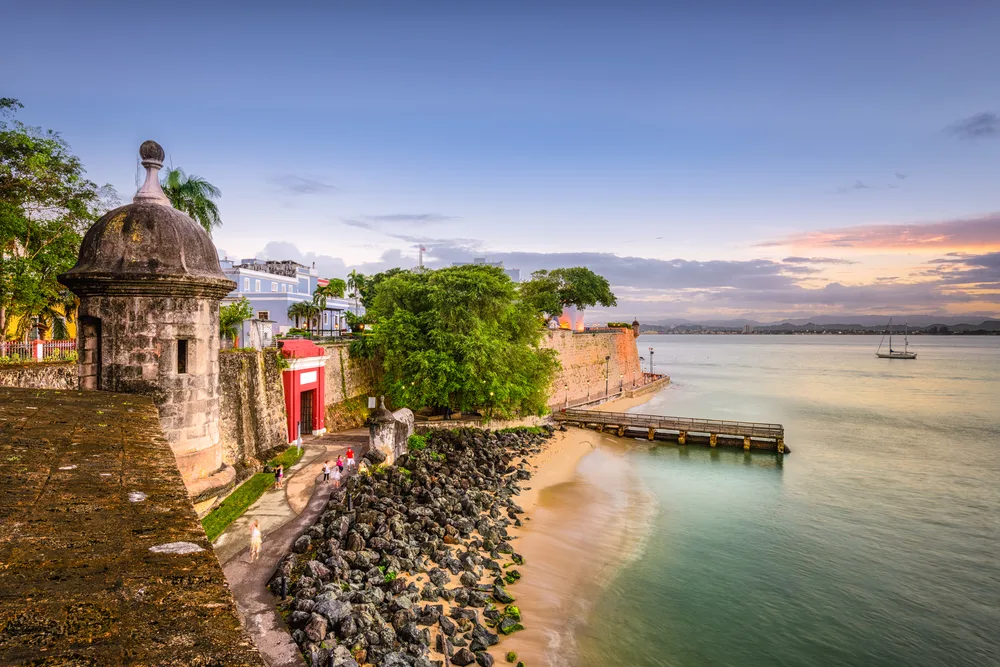
Sean Pavone/Shutterstock
The territory Puerto Rico actually includes over 140 islands, but only three are inhabited: Vieques, Culebra, and Puerto Rico, the largest island. The island is nearly rectangular in shape, and measures around 100 miles long but just 35 miles wide.
Puerto Rico the island is in the northeastern Caribbean, about 100 miles southeast of Miami. It lies where the Caribbean and North American tectonic plates meet. This island has multiple enticing environments.
Not only will you find more than 300 beaches that front pale and clear Caribbean water, you’ll also find towering, lushy forested mountains. There is also the karst area, which includes many caves, sinkholes and underwater structures.
Read Next: The Best Places to Go in Puerto Rico & Average Puerto Rico Trip Cost
5. Trinidad
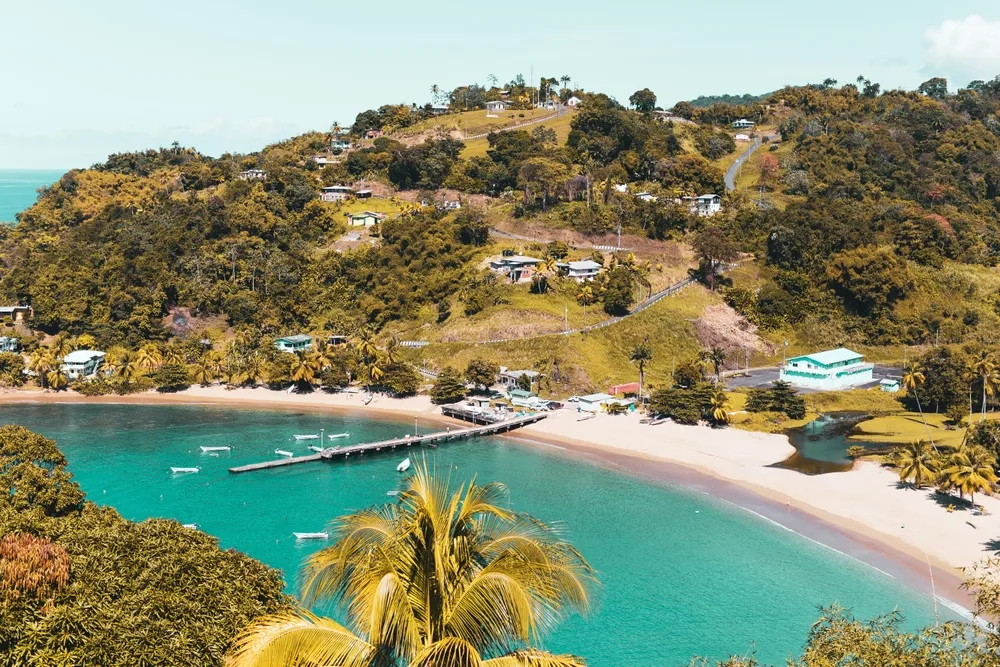
Wirestock Creators/Shutterstock
Trinidad is the larger island that makes up part of the country Trinidad and Tobago. The island is considered the southernmost island of the West Indies and is the region’s fifth-largest.
This island was originally known as Iëre in the Arawak language, meaning “Land of the Hummingbird.” Columbus renamed it “Isla de la Trinidad,” or “Island of the Trinity.” Tha name was shortened over time to Trinidad.
On the island, you’ll find natural features that include rivers, hills, waterfalls, and plains, along with the expected beaches. In the forests, there is diverse wildlife that includes spotted ocelots, burrowing owls, and collared peccaries, a wild relative of the pig.
Read Next: The Best Time to Visit Trinidad & Is It Safe to Visit Trinidad?
6. North Andros Island
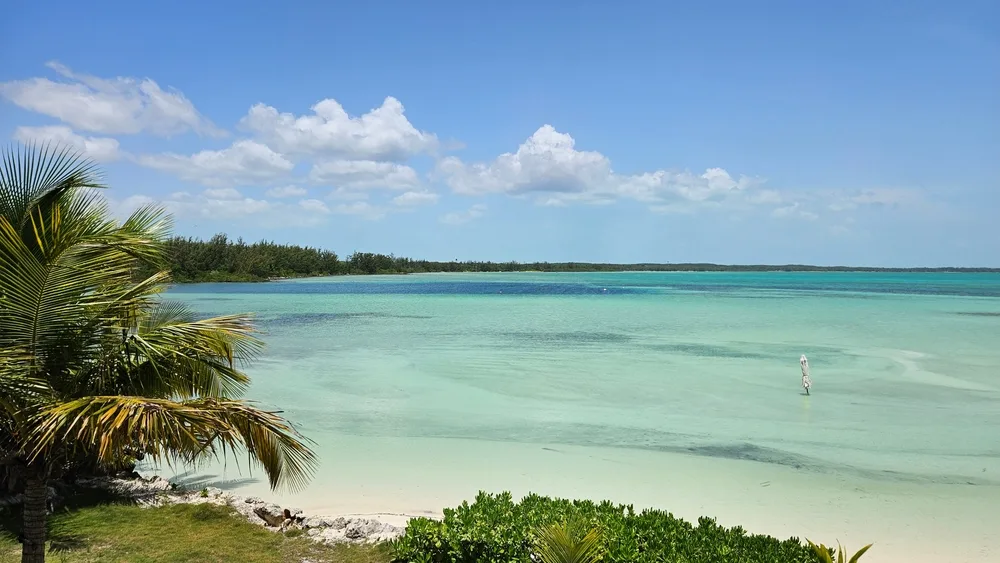
Nicki Derrick/Shutterstock
North Andros Island is the largest in the Bahamas, with an area that’s greater than the other 700 islands combined. It’s also among the least populated. A little less than 8,000 people live on this remote island. It is only accessible by boat or plane, but well worth the visit.
The largest part of the island lies within a national forest. This island is so vast that locals refer to it as the Big Yard. Andros is divided into three general areas: North, Central, South and Mangrove Cay.
Because most of the island is pristine jungle, you can only travel from one area to the other by plane or boat. There are no roads that connect one area to another. The area is world-renowned for the excellent snorkeling and scuba diving.
The world’s third largest barrier reef is off its coast, and is a place where you can find examples of nearly every kind of tropical fish species. In the island’s interior, you’ll find freshwater formations called blue holes. The island has over 150 of these unusual geographic formations.
7. Isla de la Juventud
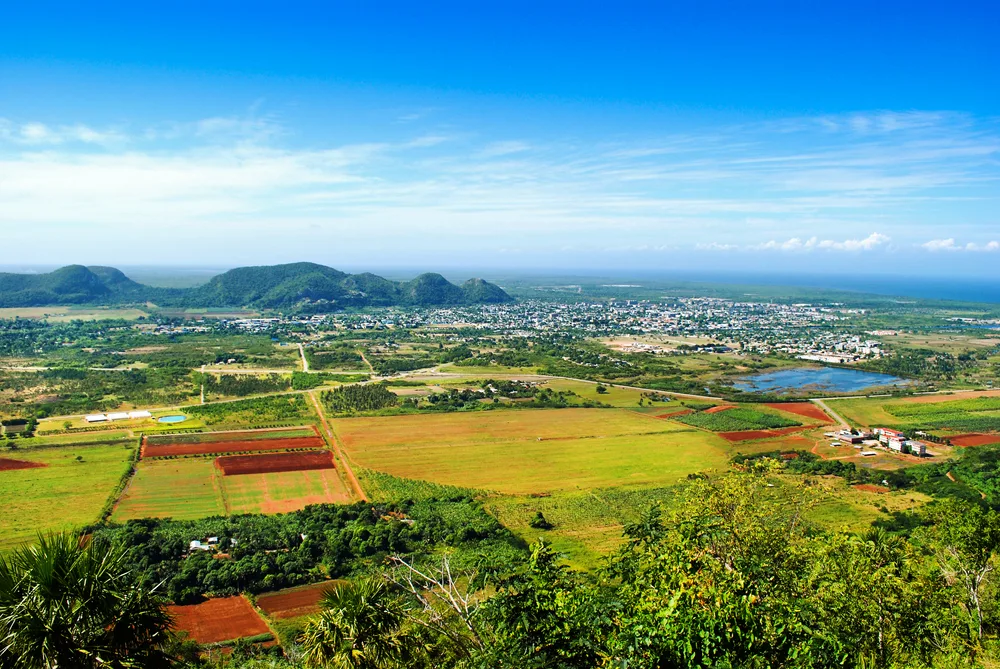
Abraham Losa Luaces/Shutterstock
This island is the second-largest in Cuba after the Cuba’s mainland, and is the seventh-largest in the Caribbean. It’s located about 30 miles south of the island of Cuba, on the other side of the Gulf of Batabanó.
Much of the island is lushly carpeted with pine forests, which inspired its earlier name, Isla de Pinos. It’s not part of any province, but is instead considered a Special Municipality.
About 85,000 people live on Isla de la Juventud. Many of those live in the capital city, Nueva Gerona, which is also the largest city. The second most populus is Santa Fe, which is the oldest city on the island. While little is known of the original inhabitants of the island, signs of their presence remain.
Over 235 ancient drawings can be seen in the cave complex near Punta del Este. They were designated a National monument in 1979. Today, Cuba’s lumber industry is fed by the area’s many pines.
In the low ridges of northern part of the island, marble is quarried. Other areas grow citrus fruits and vegetables. The island has many resorts and is a popular tourist destination.
There are a number of beaches along the coast, including a volcanic black sand beach. Among the islands unique inhabitants are land crabs, which make a popular dish. Many say the Androsians make the best versions of this unusual meal.
8. Great Inagua Island
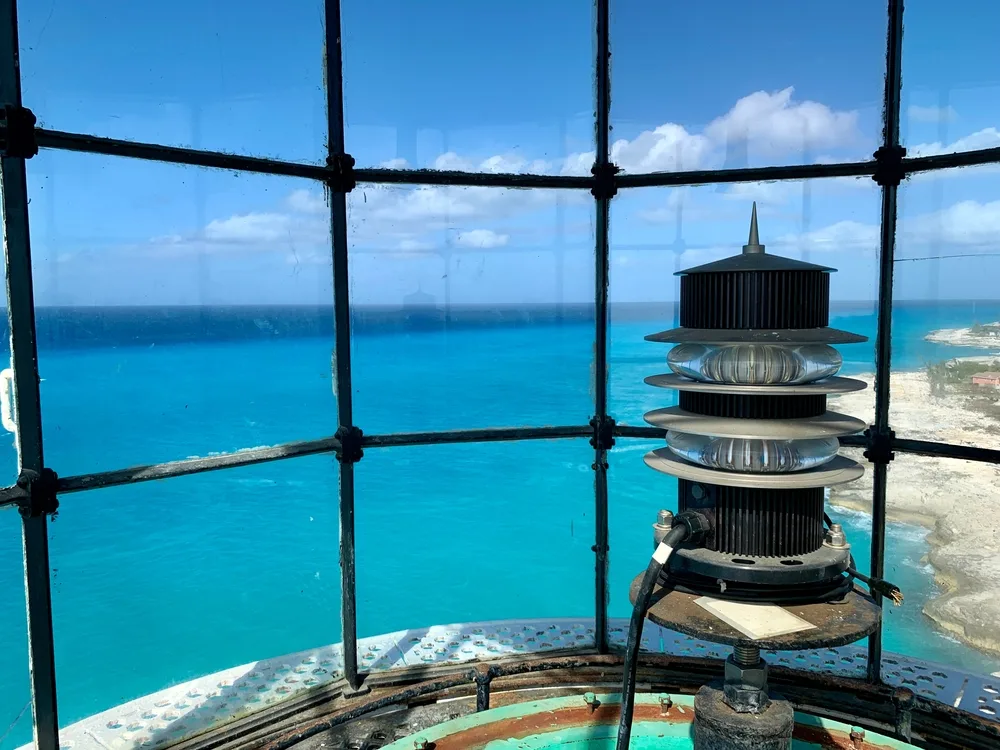
Jess Morgan Photography/Shutterstock
Great Inagua is the second-largest island in the Bahamas. Spanish explorers repeatedly landed her because fresh water was found on the islands. A number of documented treasure ships went down on the treacherous Inaguan reefs.
The geography of the island is largely flat with a few small sand hills. There are many lakes in the interior, including the twelve-mile long Lake Windsor, which is also known as Lake Rosa. This is one of the more sparsely populated Bahamian islands.
Fewer than 1,000 people live here, most of them in the island’s capital, Matthew Town. Interested in economics, industry, or food? Make a visit to the Morton Salt Company’s solar saline facility, which makes over a million pounds of salt a year.
9. South Andros Island
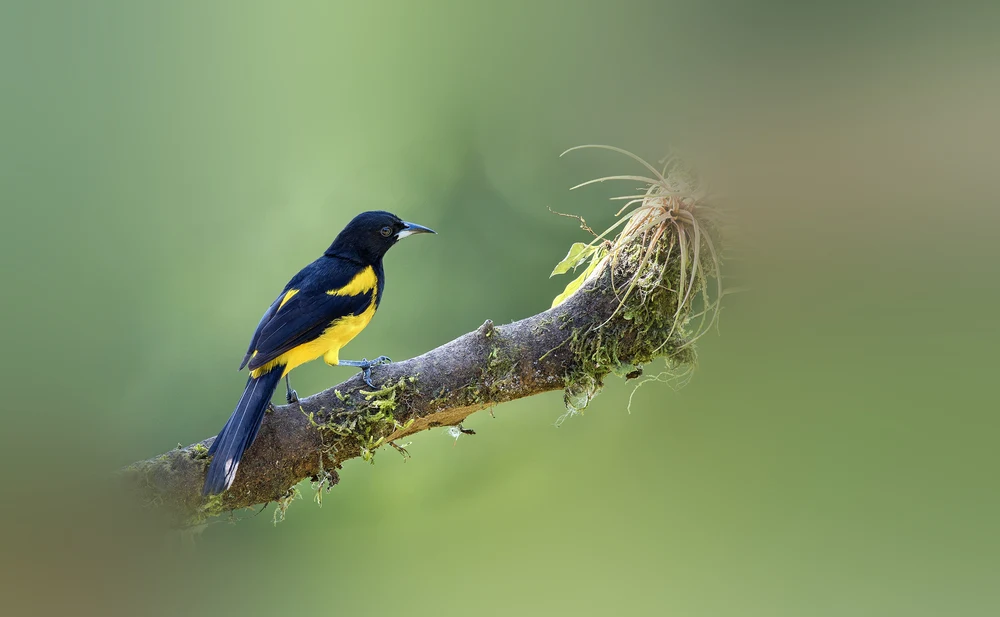
Wang LiQiang/Shutterstock
Fewer than 4,000 people live in South Andros. Most live along the coast in places like Kemp’s Bay or Little Creek Settlement. Just off the coast of South Andros, you’ll find The Tongue of the Ocean, a seawall that drops over 6,000 feet.
The area is a wonderland for scuba divers and snorkelers. On land, you’ll find geographic features that include the world’s largest collection of blue holes, underwater cave systems, and lush, dramatic flora and fauna.
This includes elusive bird species like the Bahama Oriole and unusual plant life that includes the island’s 60 species of wild orchid.
10. Grand Bahama Island
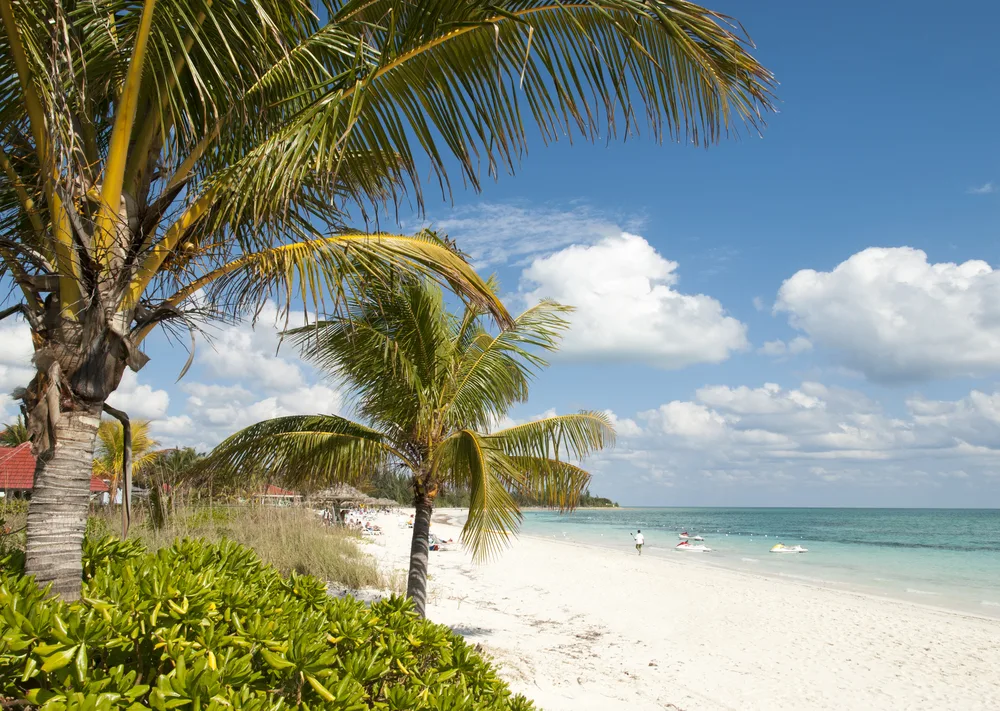
Ramunas Bruzas/Shutterstock
If you are coming to the Bahamas from the US, it is likely you’ll enter the country through Freeport, a city on Grand Bahama. It is the northernmost island in the Bahamas, and one of the largest and most bustling.
The area is well-known for its all-inclusive resorts and world-renowned golf courses. Visitors can relax on popular beaches like Xanadu, or take in local music and straw craft art at the Port Lucaya Marketplace.
Freeport is the country’s largest city, but there is still natural beauty to enjoy. This includes the reef-lined, peaceful coves and the mangrove swamps. If you have the time, the Lucayan National Park is worth a visit.
Visitors can explore mangrove creeks, pine forests, and see preserved evidence of the original Lucayan people. The national park is also home to the famous Gold Rock Beach.
Read Next: How Many Islands Are in the Bahamas? & Where to Stay in the Bahamas
Frequently Asked Questions
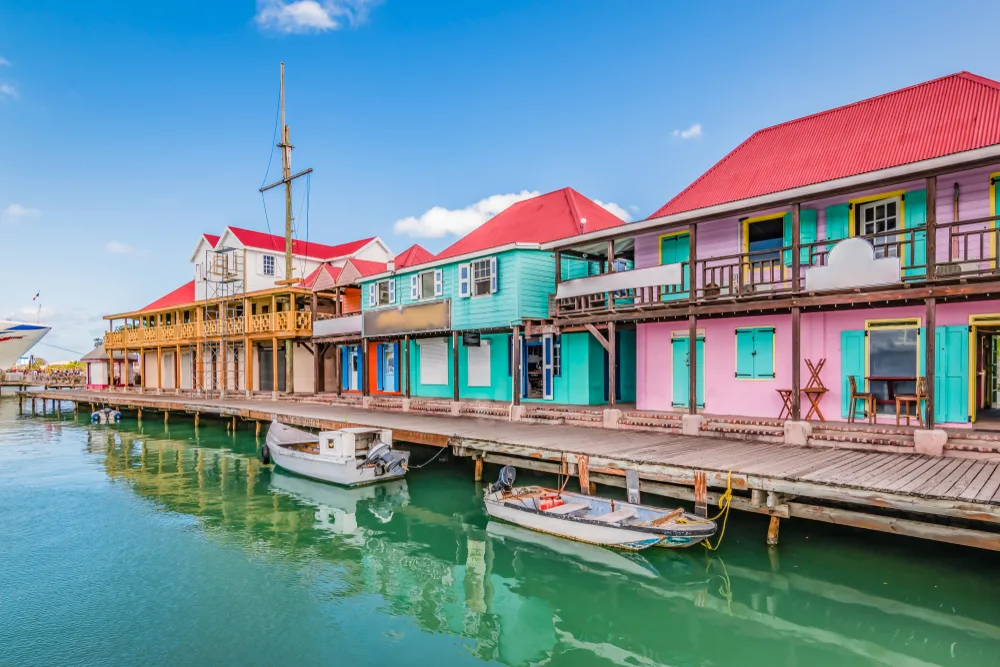
Nancy Pawels/Shutterstock
Got questions about the main Caribbean islands? We have answers:
What are the 13 countries of the Caribbean?
There are 13 sovereign island nations in the Caribbean. They are: Cuba, Antigua and Barbuda, Grenada, Bahamas, Barbados, Dominica, Dominican Republic, Jamaica, Haiti, St Kitts and Nevis, St Lucia, St Vincent and the Grenadines, and Trinidad and Tobago.
What are the 4 main Caribbean islands?
No specific islands can be considered the “main” islands of an entire region. The four largest are Cuba, Hispaniola, Jamaica, and Puerto Rico. Each of these is either part of a nation or territory, or, in the case of Hispaniola, contains multiple countries within its geographic borders.
How many different Caribbean islands are there?
Over 7,000. Some are so small they support no life and appear on no maps. Others have thriving cities and wide, natural areas.
What defines a Caribbean island?
Pretty much all the islands located within the Caribbean region are defined as Caribbean islands. They have diverse cultures and populations, and geographic features that can include rivers, mountains, waterfalls and beaches.
Summing Up: What are the Caribbean islands?
There are thousands of islands that make up the Caribbean. Each one has a different vibe and different geography. Some can be reached with a one-hour plane ride from the US.
Others, you can only get to by a long trip on a boat. All have different things to offer the curious and adventurous and are worth a visit. So what are you waiting for — book your trip to the Caribbean today!



